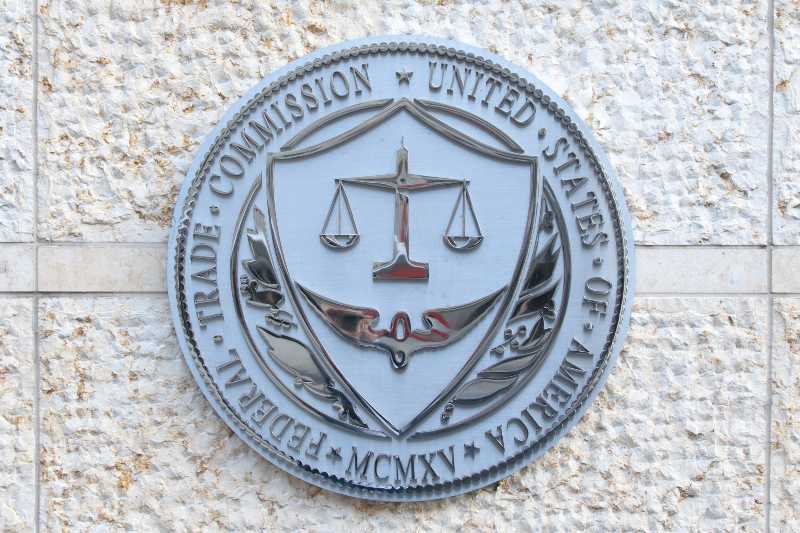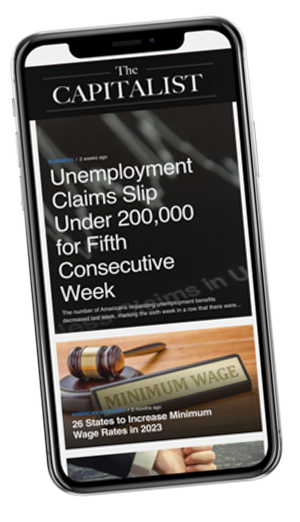Business
Powell Signals the Fed’s Hike Increases Are Done for Now

Jerome Powell, the chairman of the Federal Reserve, gave the indication that the central bank is likely nearing the end of its cycle of rate increases and that additional increases are unlikely unless there is convincing evidence that stronger economic activity is undermining the effort to get inflation back down to two percent.
Powell said in prepared remarks on Thursday that “the Committee is proceeding carefully” in light of the risks and uncertainties as well as how far we have come. “We will make decisions about the extent of additional policy firming and how long policy will remain restrictive based on the totality of the incoming data, the evolving outlook, and the balance of risks.”
Powell expressed his satisfaction with the strides the Fed has made in the fight to reduce inflation and reaffirmed the Fed's commitment to its two percent target.
The remarks, which he made at a luncheon in New York, were similar to those made recently by a number of his coworkers. They seemed to pave the way for the Fed to stop raising rates and shift its focus to maintaining rates where they are.
“My colleagues and I are committed to achieving a stance of policy that is sufficiently restrictive to bring inflation sustainably down to 2 percent over time, and to keeping policy restrictive until we are confident that inflation is on a path to that objective,” Powell said.
Powell reaffirmed his belief that tightening from earlier Fed hikes may still be “in the pipeline.” Many Fed officials think that monetary policy frequently has slow economic repercussions.
Although the labor market is still tight, according to Powell, there are signs that the demand for labor is cooling.
“Job openings have moved well down from their highs and are now only modestly above pre-pandemic levels. Quits are back to pre-pandemic levels, and the same is true of the wage premium earned by those who change jobs,” Powell said. “Surveys of workers and employers show a return to pre-pandemic levels of tightness. And indicators of wage growth show a gradual decline toward levels that would be consistent with 2 percent inflation over time.”
Up Next:



